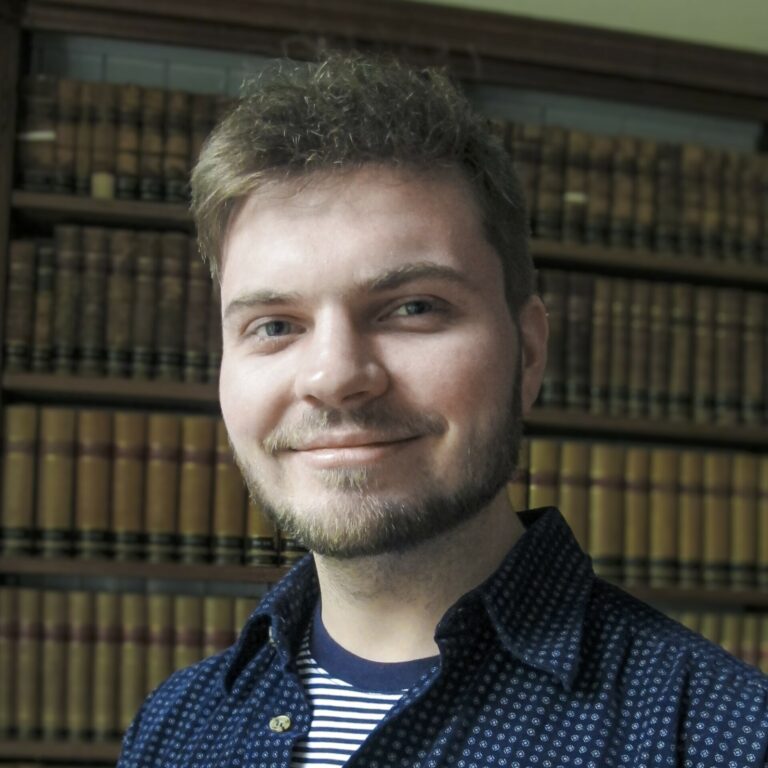Sean Jordan is a NOMIS–ETH Fellow at the Centre for Origin and Prevalence of Life at ETH Zurich (Switzerland). He is conducting his research under the mentorship of Sascha Quanz in the Exoplanets and Habitability group in the Institute for Particle and Astrophysics.
Jordan is a planetary scientist and astrophysicist, originally from Manchester (UK) and more recently based at the Institute of Astronomy in Cambridge. He is interested in applying models of the planetary processes, which we can study in detail in the solar system, to help interpret observations of exoplanets in orbit around distant stars. He studied natural sciences at the University of Cambridge, specializing in astrophysics, and continued there to embark on his PhD. During this time, he examined a range of multidisciplinary problems including the prospect of extremophilic life in the cloud droplets of Venus, the discovery of photochemical sulfur dioxide on the gas-giant exoplanet WASP-39b, and how a molten planetary interior could be shaping the observed atmosphere of elusive sub-Neptune exoplanet K2-18b.
His current research is investigating how observations of atmospheric sulfur dioxide can be used to learn about the climate and surface conditions of rocky worlds orbiting small M-dwarf stars. As a NOMIS Fellow, Jordan will focus on the mapping between limited astronomical observations that currently can be made of exoplanet atmospheres, and the true nature of the planetary surface and interior, to constrain the prevalence of habitable climates and the emergence of life.
“Venus and Earth provide us with the local paradigms of an uninhabitable versus a habitable world. These local examples, however, give us only two data points to understand the evolution of habitable planets across the universe more generally. In order to test our theories about the ‘Habitable Zone’ and the sensitivity of Earth-like climate systems, we must prospect the population of observable exoplanets in new astrophysical environments. The preponderance of rocky exoplanets out there that could potentially resemble Venus or the Earth brings this test within reach; however, the observations that we can make of their atmospheres are limited leading to ambiguity about their true surface conditions. In order to understand what our astronomical observations are telling us about these other worlds, we require detailed models of the planets and their host stars.”




